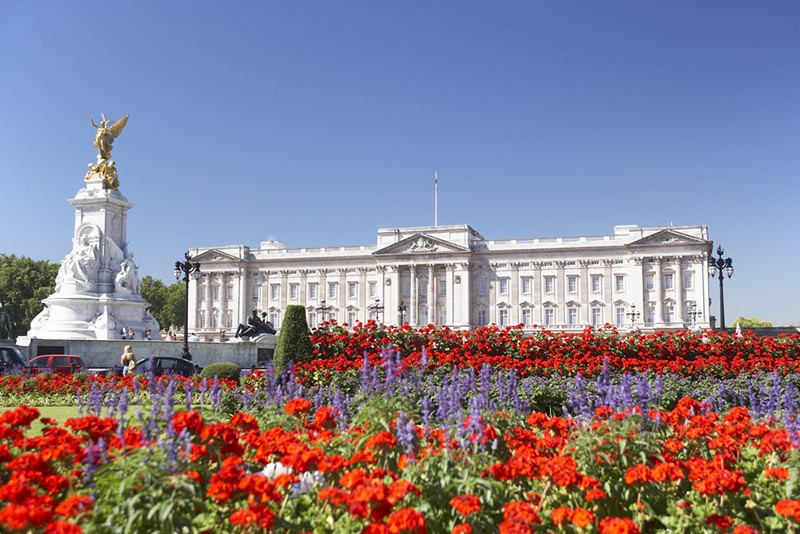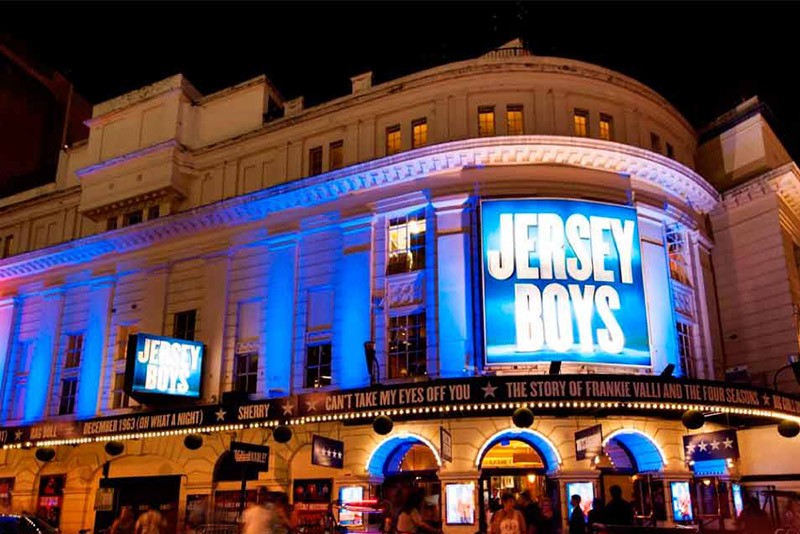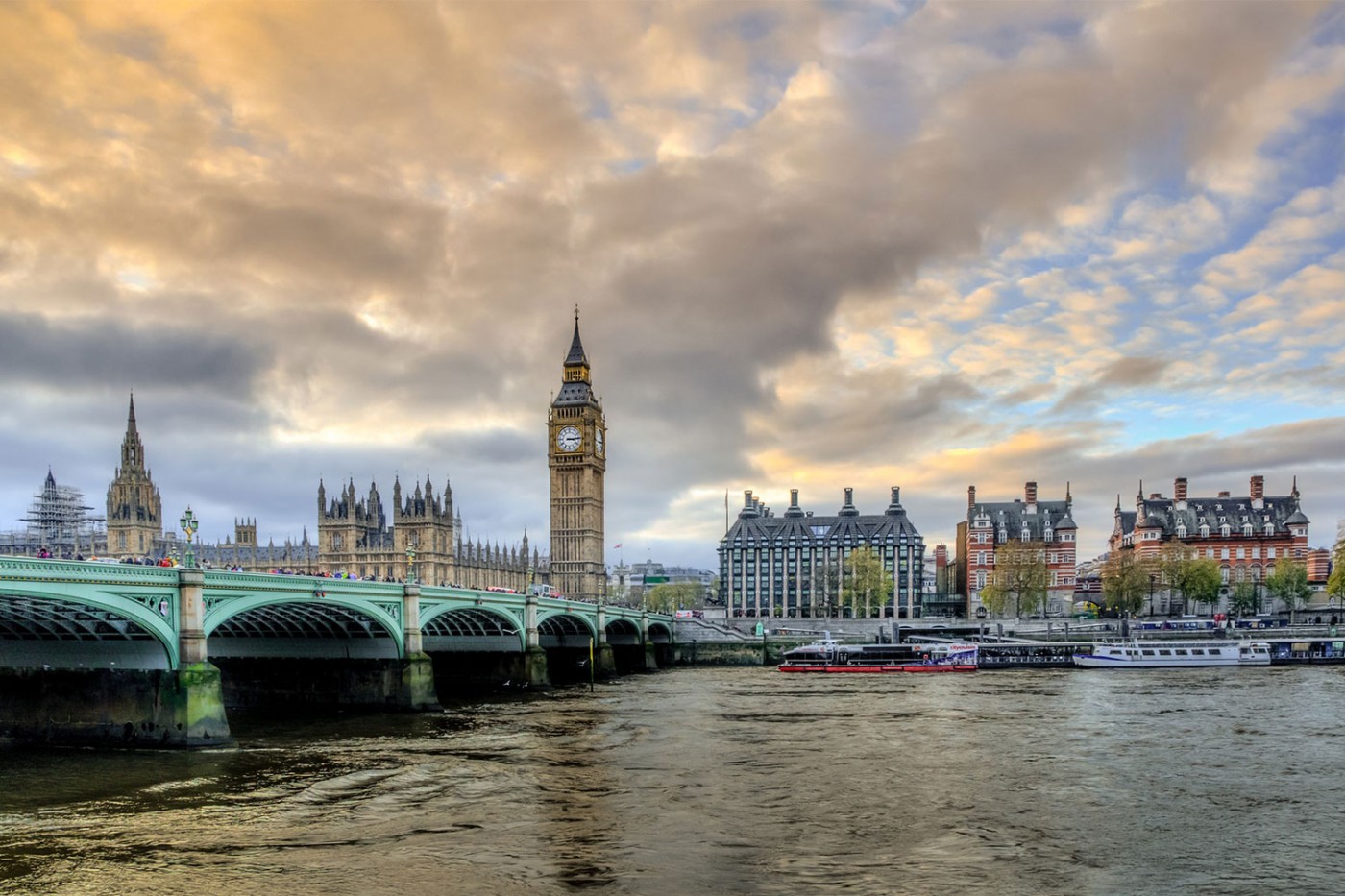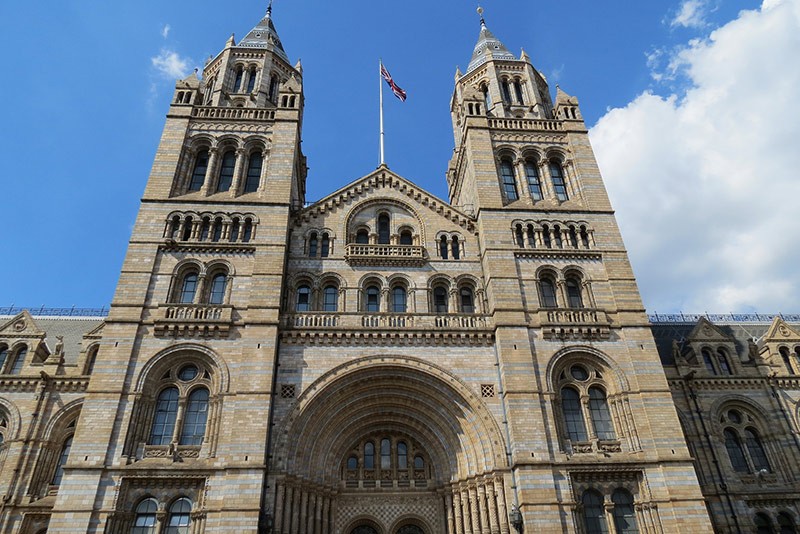London: The Eclectic Metropolis
London is the cosmopolitan heart of the United Kingdom. The capital of England stands on the River Thames in the south-east of the island of Great Britain. Founded by the Romans and named Londinium around AD 43, the city has since been a major settlement for two millennia. Today, this metropolis is a global leader in many aspects from culture and education to fashion and entertainment. Its many prestigious universities include George Soros’s alma mater the London School of Economics (LSE) and Imperial College, founded by Prince Albert and formed by Royal Charter in 1907. Also, being a preferred investment destination, London boasts the fifth or sixth largest per capita global GDP making it one of the world’s foremost financial centres. Her population of over 8 million inhabitants and constant visitors consist of a diverse international crowd. Aside from seeing the sights, tourists often come to patronise the city’s many fine museums, theatres, shops as well as entertainment and dining establishments. From Harrods in the exclusive district of Knightsbridge to the quaint markets of Covent Garden, London is never short of offerings for one and all.

Image credit: Buckingham Palace
Historical Sites
When visiting London, it is a definite must to visit her many famed landmarks of which four are World Heritage Sites; the Tower of London, St Margaret’s Church, Westminster Abbey and Kew Gardens, the site comprising the Palace of Westminster. The Tower of London is located on the north bank of the River Thames in central London. It is situated close to the Tower Bridge, second in popularity only to London Bridge which itself stands at the western end of the Pool of London.
Just west of the Palace of Westminster in the City of Westminster lies Westminster Abbey, a large and mainly Gothic abbey church. Historically, the traditional place of coronation and burial site for British monarchs, the abbey presently carries the status of a Church of England “Royal Peculiar” and is directly responsible to the sovereign.
Of course, one must make it a point to visit Buckingham Palace. Also set within the City of Westminster, this grand monument is the residence and administrative headquarters of the reigning monarch, Queen Elizabeth II. Visitors can get a glimpse of the Royal domicile externally and if fortunate enough, might even be able to chance upon the Changing of the Guard ceremony at the Palace’s Forecourt daily from April to July and every other day in other months.
Perhaps the most symbolic of London’s landmarks is Big Ben. Previously known simply as the Clock Tower, Big Ben is the nickname encompassing the Great Bell of the clock, the clock itself and the clock tower standing at the north end of the Palace of Westminster. Big Ben is best known for its reliability and accuracy but most notably for its chimes which sync in precision to the Greenwich Mean Time (GMT) and can sometimes be heard throughout the city.
The London Eye, descendant to the Great Wheel which originally opened to the public on 17 July 1895, is a giant Ferris wheel on the South Bank of the River Thames. The wheel consists of 32 sealed and air-conditioned 10-tonne capsules which each hold up to 25 people. A single revolution takes about 30 minutes and passengers are free to walk around within the capsules but seating is provided. The Eye offers one of the highest public viewing points in London and is only superseded by the observation deck on the 72nd floor of the Shard, a 95-storey skyscraper in Southwark and the tallest building in the United Kingdom.
Cultural Offerings
Home to numerous museums and galleries, London has always embraced a tradition of culture and sophistication.
Along Exhibition Road in South Kensington, you will find many museums such as the Victoria and Albert Museum, the Science Museum and the Natural History Museum. The Natural History Museum, as its name implies, features mainly exhibits of all things to do with nature and its evolution. Carrying specimens depicting the study of different species of lifeforms to the movements of the earth, this temple of knowledge is a mandatory stop for those interested in the organic and biological.
For those more curious about the scientific developments of man and want to understand more about the atmosphere and the cosmos or simply the engineering ingenuities of the human mind may find it educational to visit the Science Museum which also has a theatre and IMAX 3D Cinema.
Wander over to the Victoria and Albert Museum and learn about the progress of modern civilisation from their exhibits of ceramics and glass, metalwork and jewellery to paintings, books, sculptures and textiles. Its extensively comprehensive displays even extend to architecture and Asian culture.

Image credit: West End Theatre
Entertainment
The West End of London (otherwise known as West End) is the prominent district filled with tourist attractions, shops, restaurants, nightlife and London’s acclaimed theatres. Comprising a fairly large area, West End encompasses Chinatown, Soho, Leicester Square, Covent Garden and the high end shopping streets of Oxford Street, Regent Street and Bond Street.
These three streets and including Old Bond Street are where one can find exclusive branded boutiques from Chanel and Brooks Brothers to distinguished jewellers Asprey and Moussaieff. The Apple Store and Hamleys, the world’s largest toy store are also on Regent Street.
However, should one prefer a quainter choice of browsing, head down to Covent Garden, a former fruit-and-vegetable market now turned trendy tourist spot with its many little shops selling anything from fashion items to collectable trinkets. Take a rest and relish in the many culinary establishments around the area or saunter down to Chinatown nearby for some Asian cuisine.
Top off the evening with one of the many famous plays or musicals lined and lit along the entire Theatreland stretch near Trafalgar Square or have a drink at any of the surrounding pubs or bars. Taxis are usually on hand for late night revellers but otherwise, public transportation and particularly the Tube (London’s train system) is easy to navigate and more cost effective for daytime travel and especially for visiting the different sites which are located at various spots around the city.
Eclectic and vibrant, London is a city which never sleeps and certainly never bores—an experience you will never forget.



